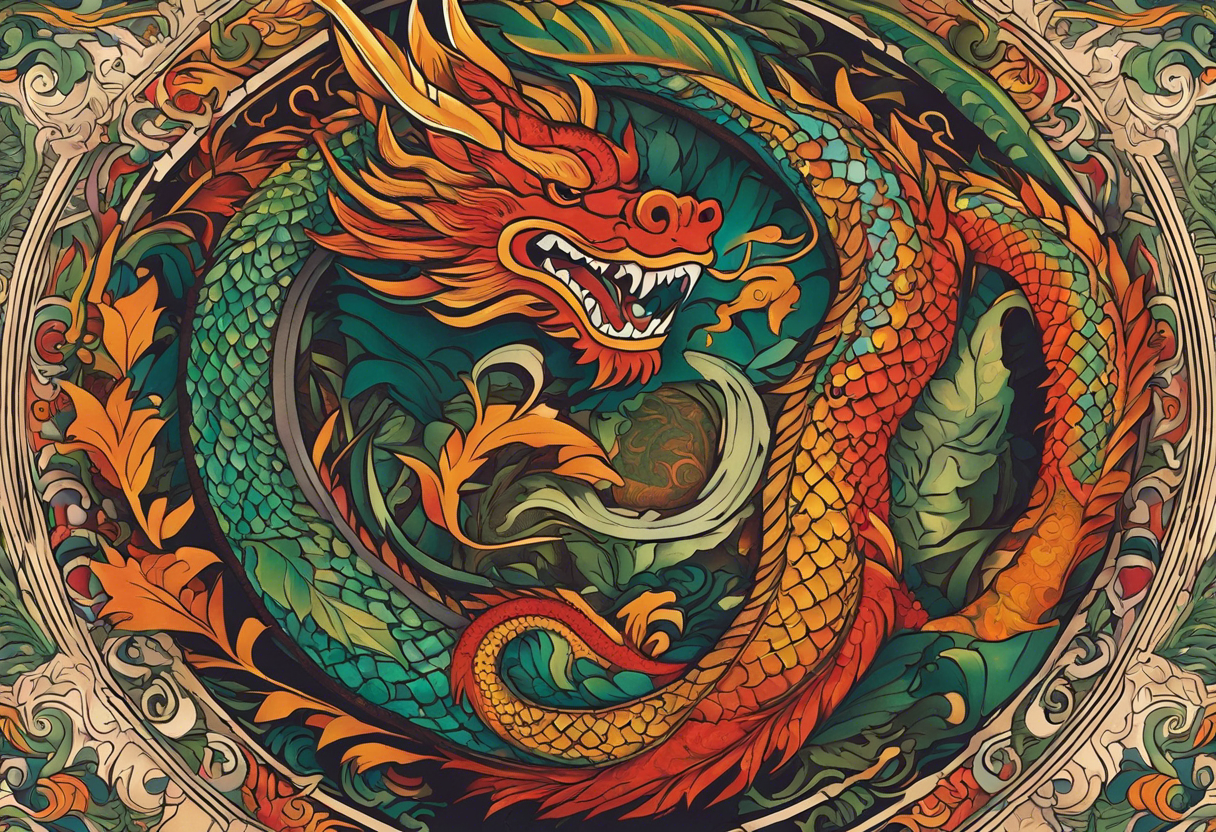
- History of Tattooing
- Different Tattoo Styles
- Choosing the Right Tattoo Artist
- Factors to Consider Before Getting a Custom Tattoo
- Taking Care of Your Custom Tattoo
Tattoos have been a part of human culture for centuries, serving as a form of self-expression and personal storytelling. In recent years, the demand for custom tattoos has soared, with individuals seeking unique and personalized pieces of art to adorn their bodies. If you’re considering getting a custom tattoo, this article will guide you through the fascinating world of tattooing, from its rich history to choosing the right tattoo artist and taking care of your new ink.
History of Tattooing
Tattooing has a long and diverse history, with evidence of tattoos dating back thousands of years. Cultures around the world, from ancient Egypt and Greece to Polynesia and Japan, have practiced the art of tattooing for various reasons, such as tribal identification, religious beliefs, rites of passage, and even for cosmetic purposes.
Throughout history, tattooing has evolved, with different styles and techniques emerging in different regions. For example, Polynesian tattoos feature intricate geometric patterns, whereas traditional Japanese tattoos often depict mythological creatures and legends. Understanding the cultural and historical significance of tattoos can help you appreciate the art form and inspire your own custom design.
Different Tattoo Styles
Today, the world of tattooing offers a plethora of styles to choose from. Here are some popular tattoo styles you can explore when designing your custom tattoo:
- Traditional Tattoos: Also known as “old school tattoos,” traditional tattoos are characterized by bold black outlines, limited color palettes, and iconic imagery such as anchors, hearts, and swallows.
- Realism Tattoos: Realism tattoos aim to recreate realistic images on the skin, often resembling photographs or portraits. This style requires intricate shading and attention to detail.
- Watercolor Tattoos: Watercolor tattoos mimic the free-flowing nature of watercolor paintings. They typically lack bold outlines and incorporate vibrant, blended colors to create a dreamy and artistic effect.
- Geometric Tattoos: Geometric tattoos feature precise lines, shapes, and patterns to create symmetrical and visually striking designs. These tattoos often incorporate sacred geometry and have a modern and abstract feel.
- Blackwork Tattoos: Blackwork tattoos use bold black ink to create intricate and highly detailed designs. This style often includes elements such as mandalas, dotwork, and ornamental patterns.
- New School Tattoos: New School tattoos are characterized by their cartoonish, exaggerated style, bright colors, and bold outlines. They often depict pop culture references, fantasy creatures, and surreal imagery.
These are just a few examples of the many tattoo styles available. Exploring different styles can provide inspiration for your own custom tattoo design.
Choosing the Right Tattoo Artist
Once you have an idea of the style you want for your custom tattoo, selecting the right tattoo artist becomes crucial. Keep the following factors in mind during your search:
- Experience: Look for an artist with experience in the specific style you want. They should have a portfolio showcasing their work in that style and demonstrate a high level of skill and creativity.
- Reputation: Research the artist’s reputation by reading reviews and seeking recommendations from friends or fellow tattoo enthusiasts. A reputable artist should have a track record of creating quality tattoos and maintaining a clean and safe studio environment.
- Communication: Schedule consultations with potential artists to discuss your design ideas and gauge their ability to understand your vision. A good artist will listen to your ideas, offer suggestions, and work collaboratively to create a design that meets your expectations.
- Hygiene and Safety: Take note of the studio’s cleanliness and the artist’s adherence to safety protocols. Ensure that they use sterile equipment, single-use needles, and follow proper hygiene practices.
Remember, getting a tattoo is a permanent decision, so take your time to find an artist who aligns with your artistic vision and makes you feel comfortable.
Factors to Consider Before Getting a Custom Tattoo
Before taking the plunge and getting a custom tattoo, there are several factors to consider:
- Placement: Think about where you want your tattoo and how it will interact with your body’s natural contours. Consider the visibility of the tattoo and how it may affect your personal and professional life.
- Size and Complexity: Decide on the size and level of detail you want for your tattoo. Keep in mind that larger and more complex designs may require multiple sessions and a longer healing process.
- Meaning: Determine the significance behind your tattoo. It could represent a personal milestone, a tribute to a loved one, or simply something that brings you joy. Understanding the meaning behind your tattoo will make it more meaningful to you in the long run.
- Long-Term Commitment: Remember that tattoos are permanent, and while some tattoos can be covered up or modified, it’s essential to be comfortable with the idea of having the design on your body for the rest of your life.
Taking the time to consider these factors will help ensure that you choose a custom tattoo that you will love and cherish for years to come.
Taking Care of Your Custom Tattoo
Once you’ve gone through the process of designing and getting your custom tattoo, it’s crucial to take proper care of it to ensure proper healing and vibrant longevity. Here are some tips for tattoo aftercare:
- Follow the artist’s instructions: Your tattoo artist will provide you with specific aftercare instructions. Follow them carefully, including washing the tattoo gently, applying recommended ointments or moisturizers, and avoiding direct sunlight and swimming until the tattoo is healed.
- Keep it clean and moisturized: Clean your tattoo regularly with mild soap and warm water. Moisturize it with a tattoo-specific lotion or unscented moisturizer to prevent excessive dryness.
- Avoid picking or scratching: While it may be tempting, avoid picking or scratching your tattoo, as it can lead to scarring and color loss.
- Protect from the sun: Once your tattoo is healed, make sure to apply sunscreen on it whenever it’s exposed to the sun. Sun exposure can fade the colors and damage the tattooed skin.
By following proper aftercare routines, you can help your custom tattoo heal beautifully and preserve its vibrancy for years to come.
In conclusion, custom tattoos offer a unique and personal way to express yourself through art. By understanding the history of tattooing, exploring different tattoo styles, choosing the right artist, considering important factors before getting a tattoo, and taking diligent care of your new ink, you can ensure a meaningful and long-lasting custom tattoo experience. Remember to cherish your tattoo as a work of art and embrace the personal story it represents.

